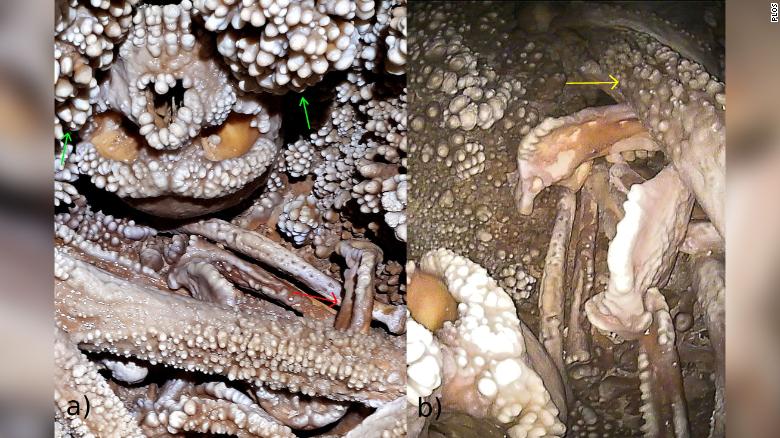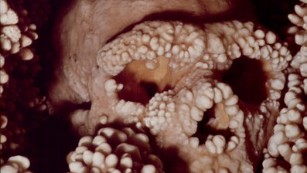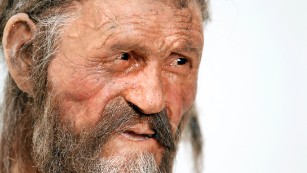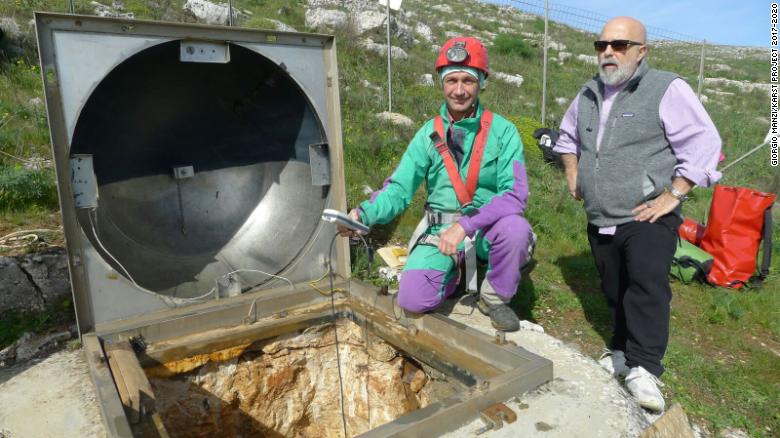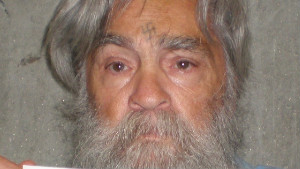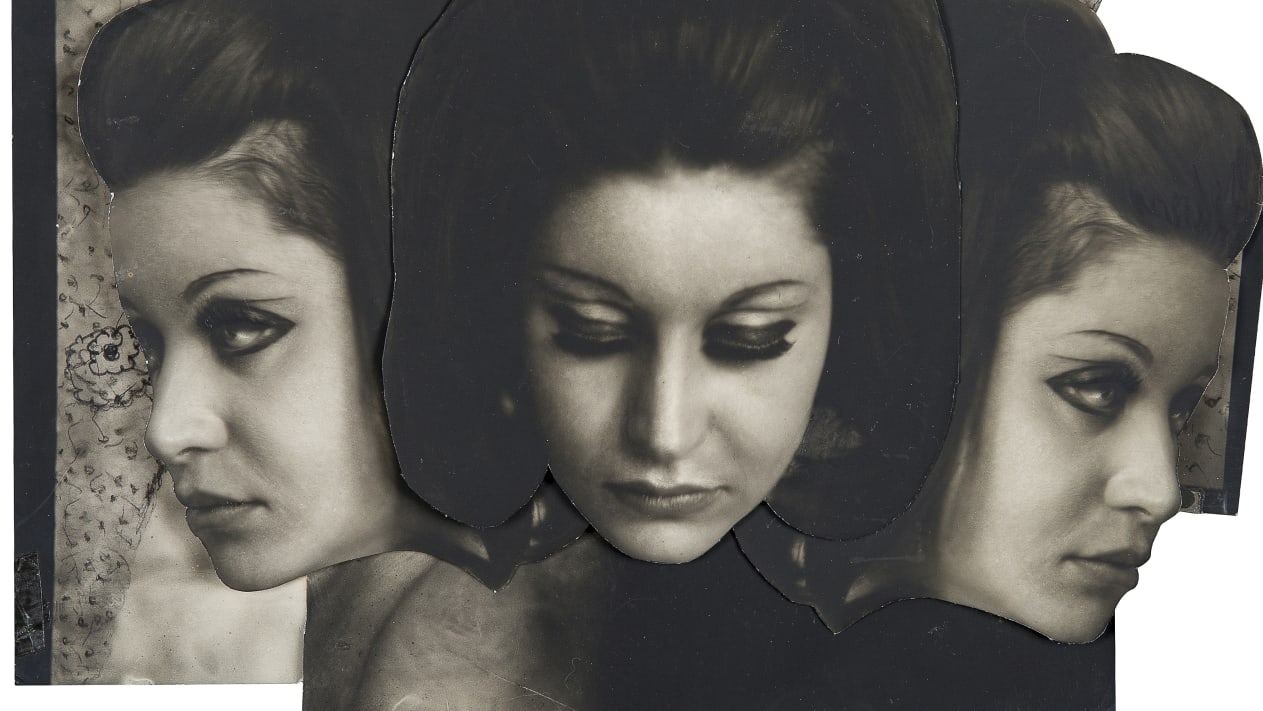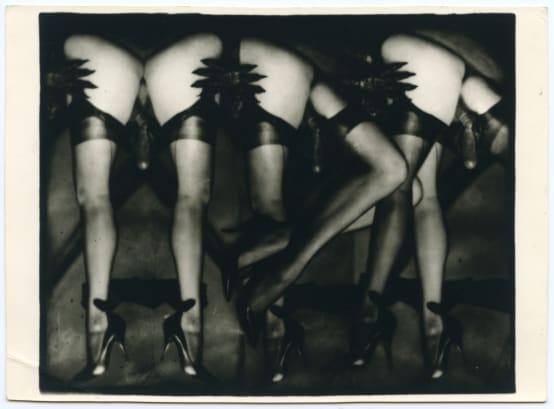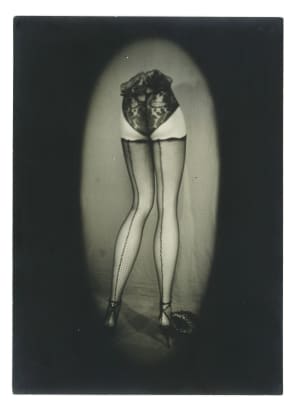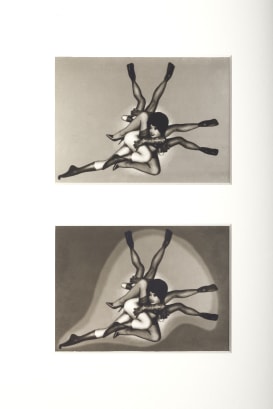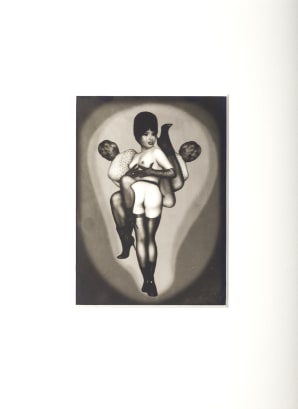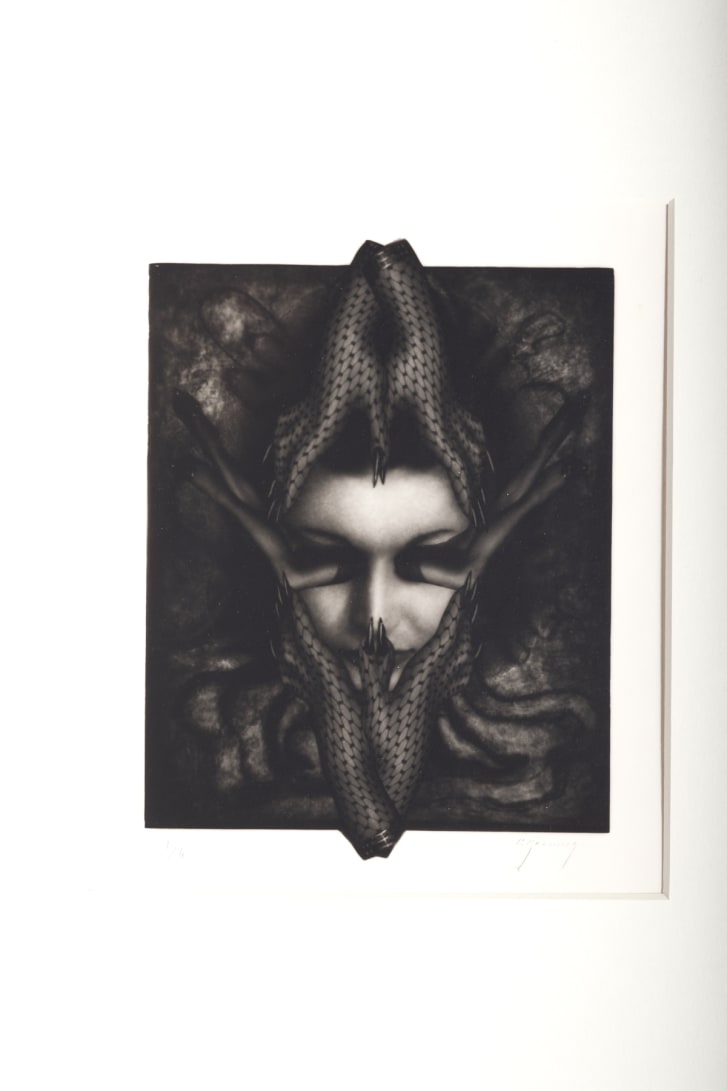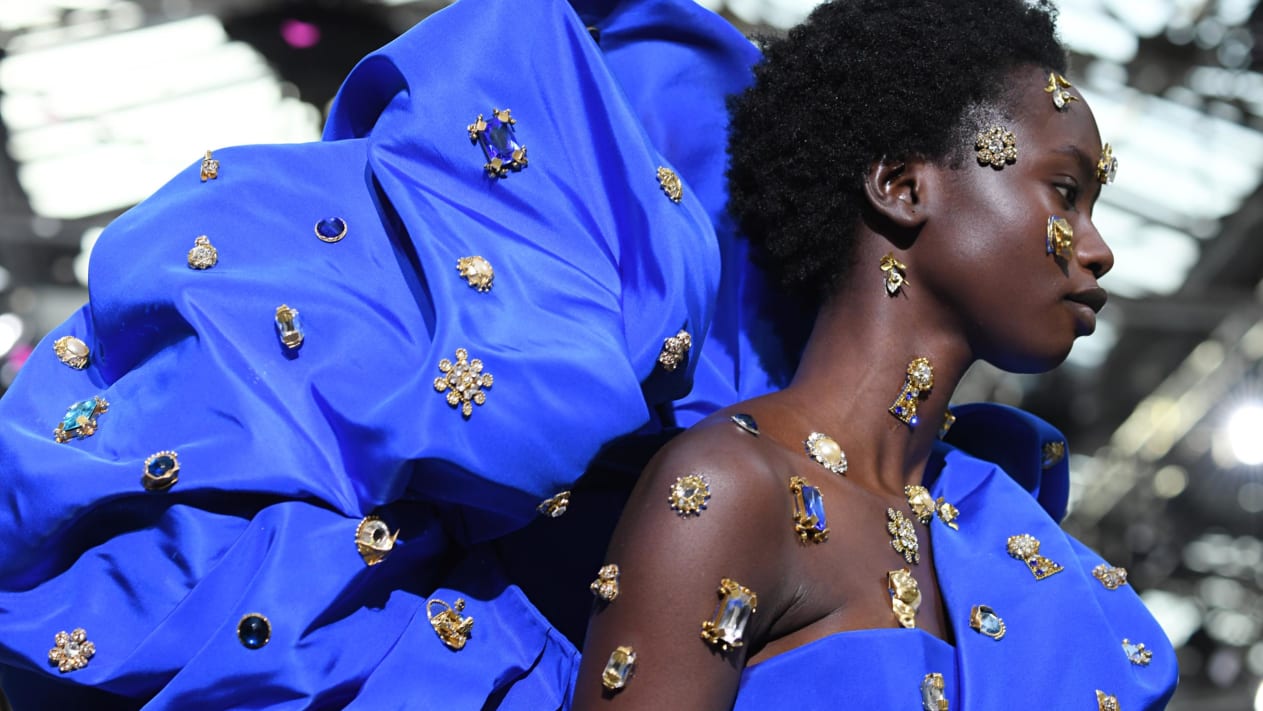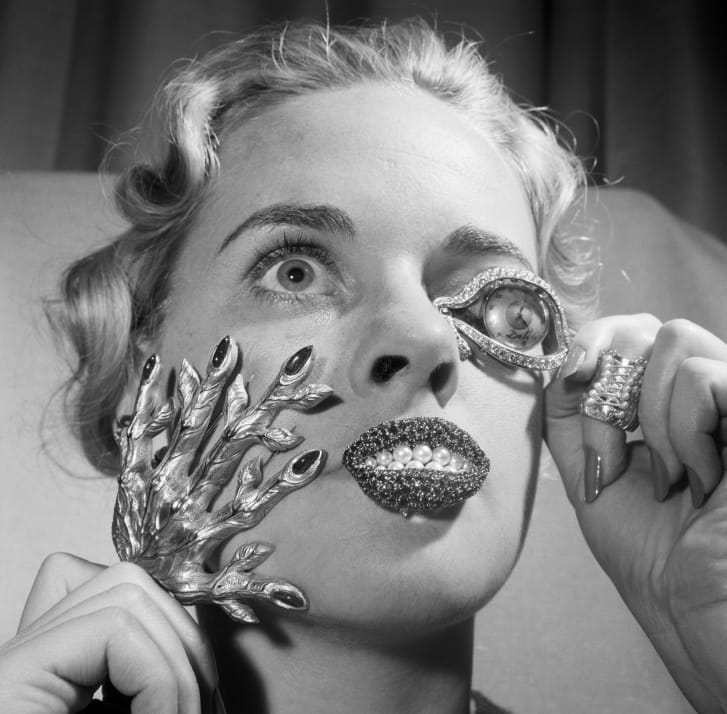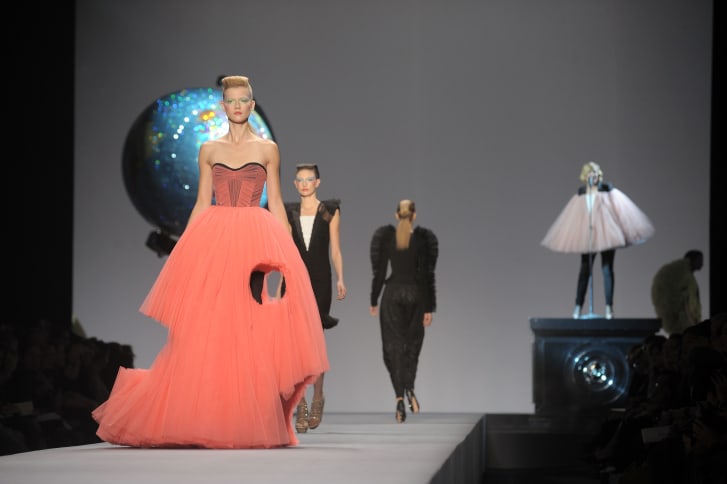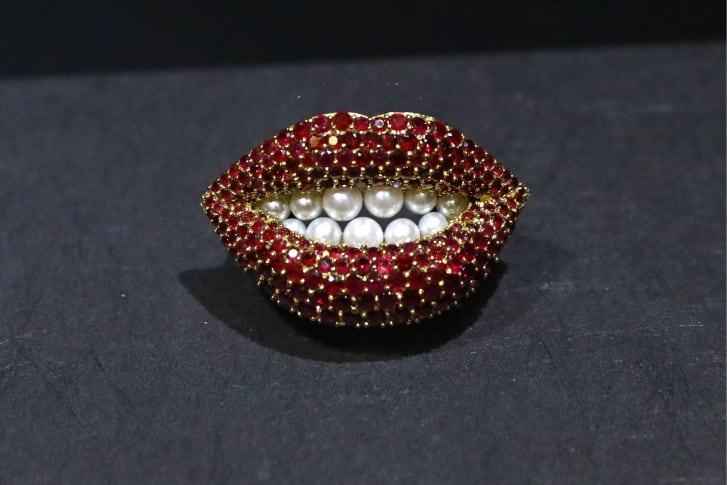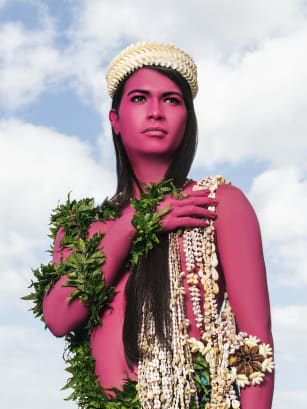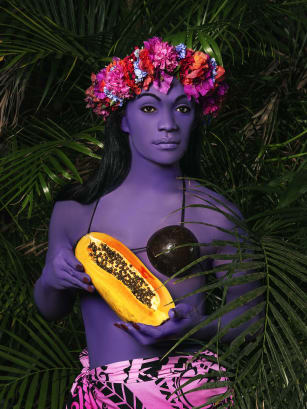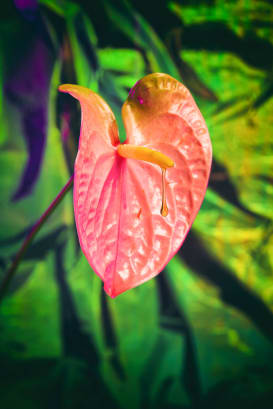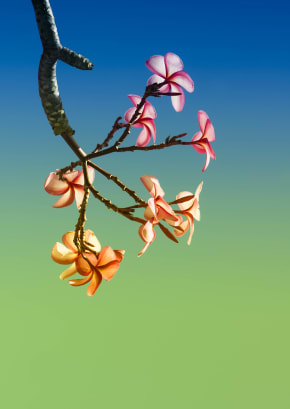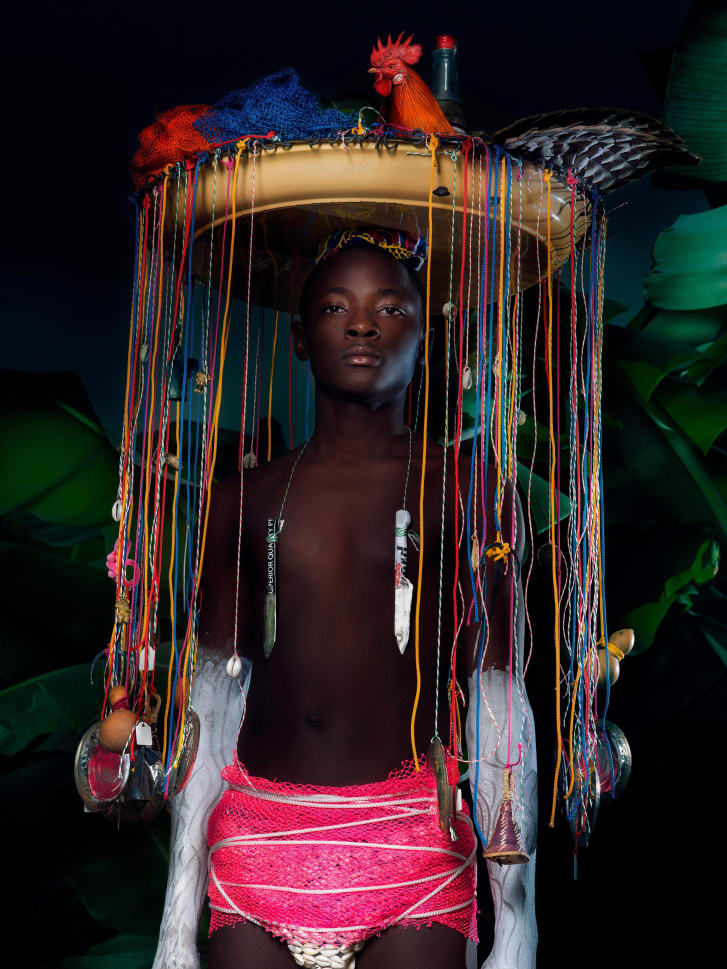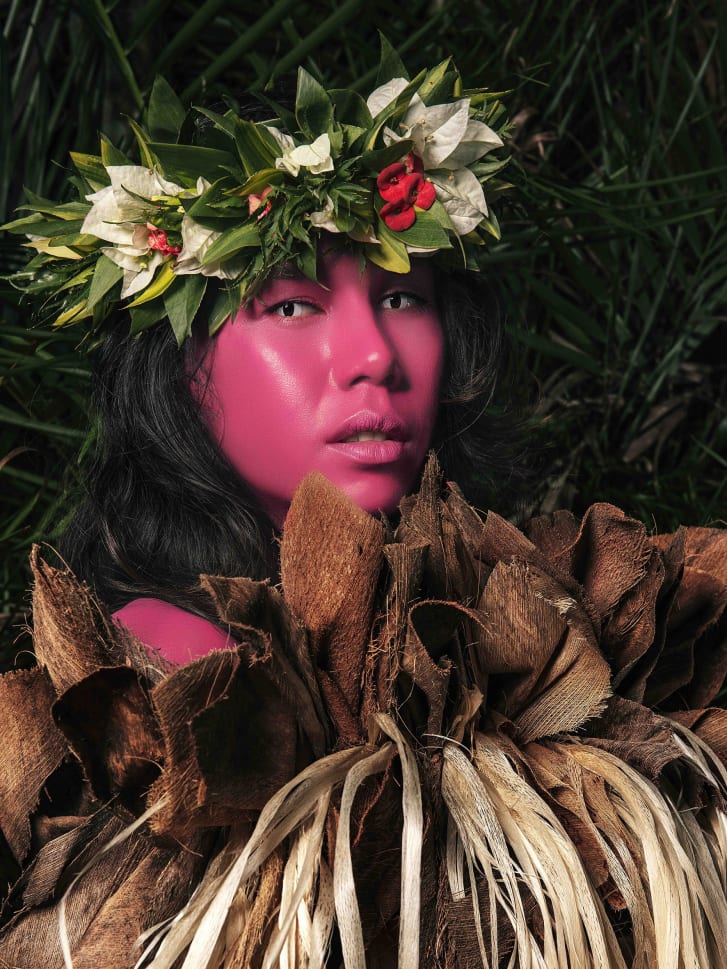The network of water-filled caissons is designed to be raised within 30 minutes to create a barrier capable of resisting a water rise of three metres above normal.
By AFP News
December 9, 2020
Venice's St Mark's Square was under water on Tuesday after a newly installed system of mobile artificial dams failed to activate.
Residents -- long accustomed to perennial "acqua alta" or high water events -- pulled on their rubber boots once more to deal with flooding that reached a high of 1.37 metres (4.5 feet) above sea level in the afternoon.

Venice's St Mark's Square was under water on Tuesday after a newly installed system of mobile artificial dams failed to activate.
Residents -- long accustomed to perennial "acqua alta" or high water events -- pulled on their rubber boots once more to deal with flooding that reached a high of 1.37 metres (4.5 feet) above sea level in the afternoon.

St Mark's Square is in the lowest area of Venice, lying just one metre above sea level
Photo: AFP / ANDREA PATTARO
The waters drowned St Mark's Square -- the Renaissance city's lowest area at about one metre above sea level -- and invaded the famous basilica as many shopkeepers blocked their entrances with wood panels to keep the water out.
A massive flood defence system called MOSE aimed at protecting Venice's lagoon during high tide was finally installed in October.
The network of water-filled caissons is designed to be raised within 30 minutes to create a barrier capable of resisting a water rise of three metres above normal.

The waters drowned St Mark's Square -- the Renaissance city's lowest area at about one metre above sea level -- and invaded the famous basilica as many shopkeepers blocked their entrances with wood panels to keep the water out.
A massive flood defence system called MOSE aimed at protecting Venice's lagoon during high tide was finally installed in October.
The network of water-filled caissons is designed to be raised within 30 minutes to create a barrier capable of resisting a water rise of three metres above normal.

The waters flowed into St Mark's Basilica
Photo: AFP / ANDREA PATTARO
But on Tuesday the system failed to swing into action because the forecast erroneously predicted a rise of only 1.2 metres (four feet) above sea level.
"To activate MOSE a bigger forecast is necessary," Venice Mayor Luigi Brugnaro told the Italian news agency Agi.
"We will have to review the rules of the command post."
The water reached a peak of 1.87 metres (six feet) above sea level on November 12, 2019, one of the highest ever recorded. Dozens of churches with UNESCO World Heritage status were damaged.
The MOSE infrastructure project began in 2003 but was plagued by cost overruns, corruption scandals and delays.
The project has cost about seven billion euros ($8 billion USD), versus an original estimate of two billion euros.
But on Tuesday the system failed to swing into action because the forecast erroneously predicted a rise of only 1.2 metres (four feet) above sea level.
"To activate MOSE a bigger forecast is necessary," Venice Mayor Luigi Brugnaro told the Italian news agency Agi.
"We will have to review the rules of the command post."
The water reached a peak of 1.87 metres (six feet) above sea level on November 12, 2019, one of the highest ever recorded. Dozens of churches with UNESCO World Heritage status were damaged.
The MOSE infrastructure project began in 2003 but was plagued by cost overruns, corruption scandals and delays.
The project has cost about seven billion euros ($8 billion USD), versus an original estimate of two billion euros.



